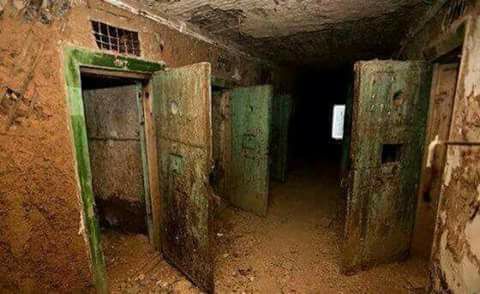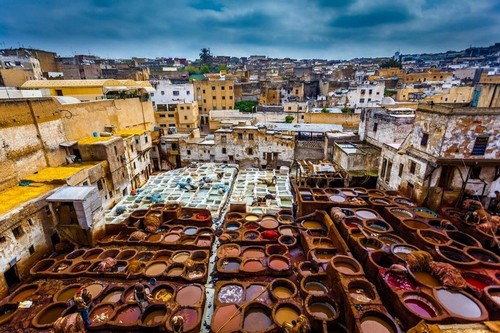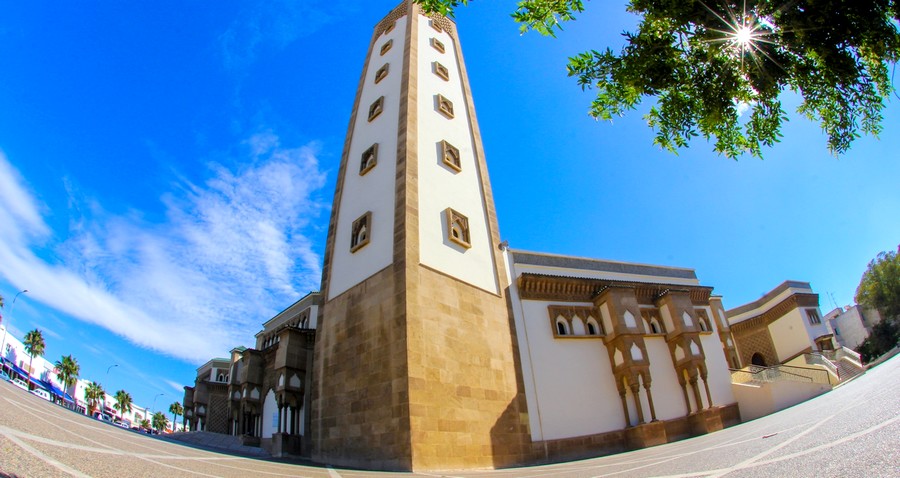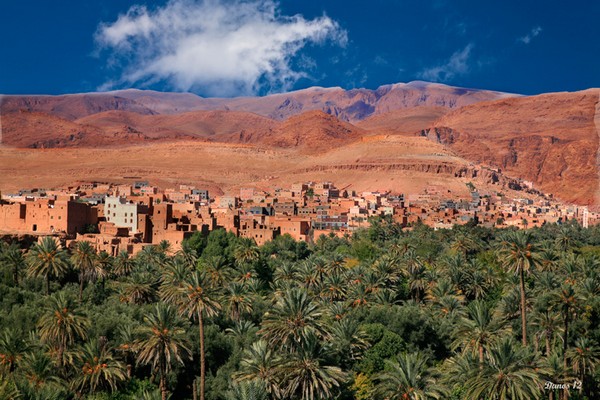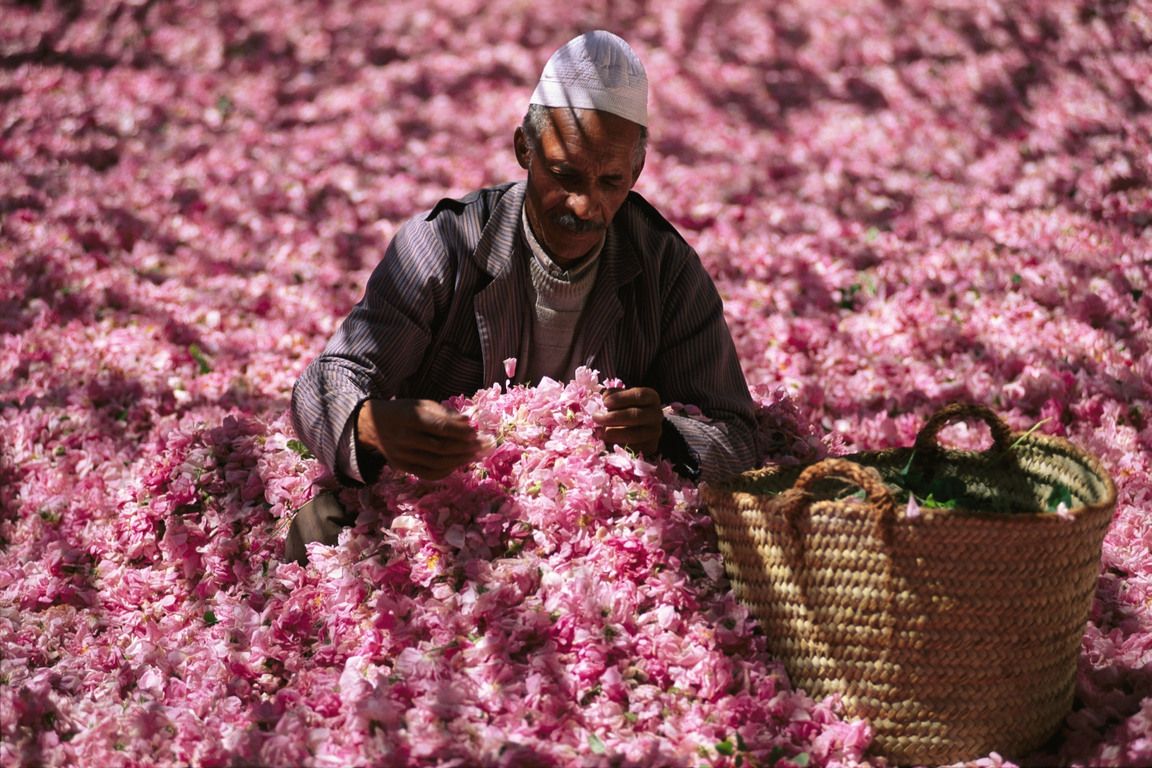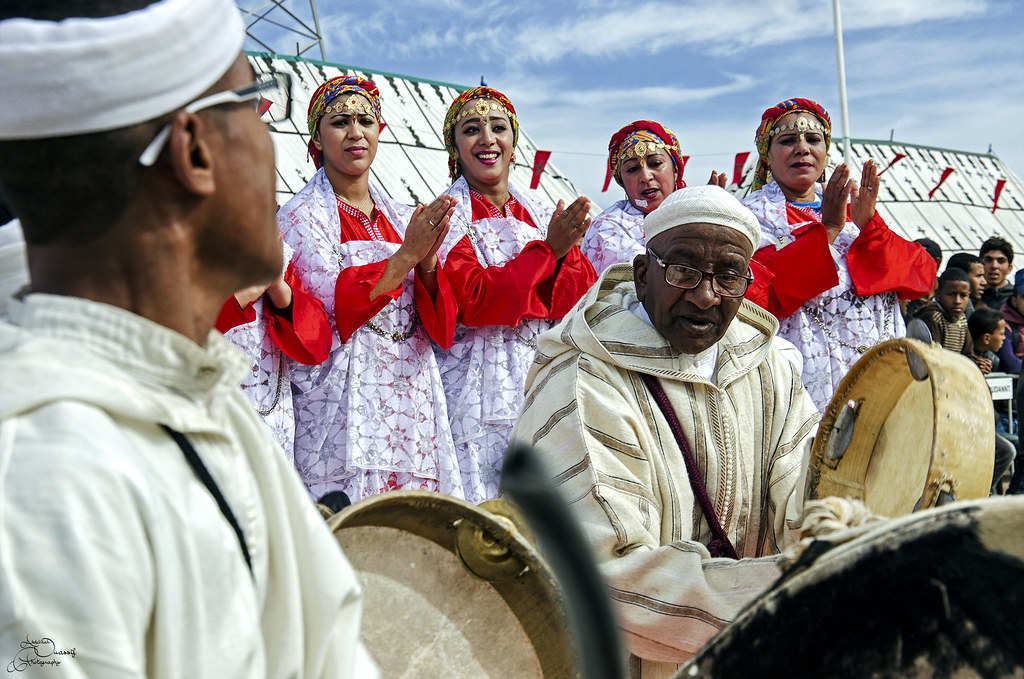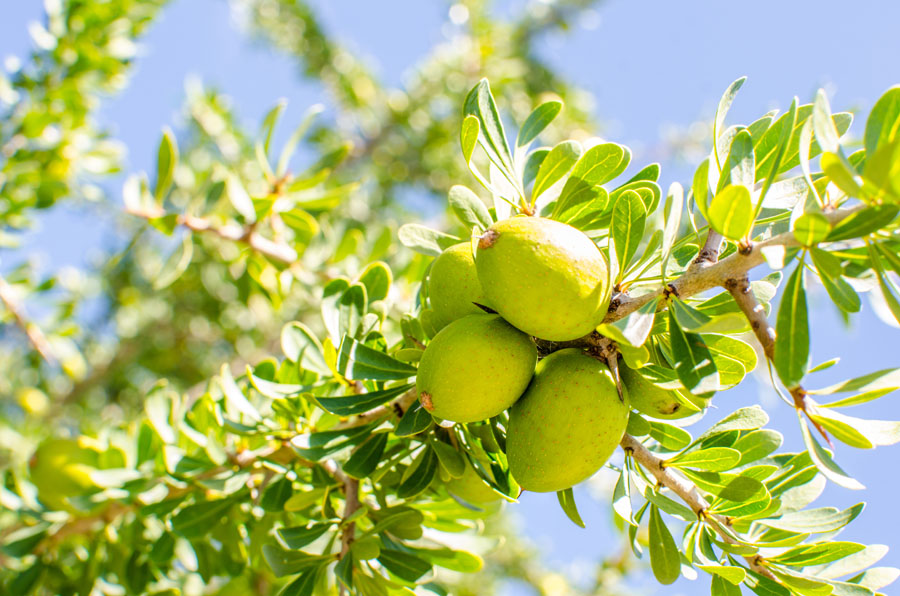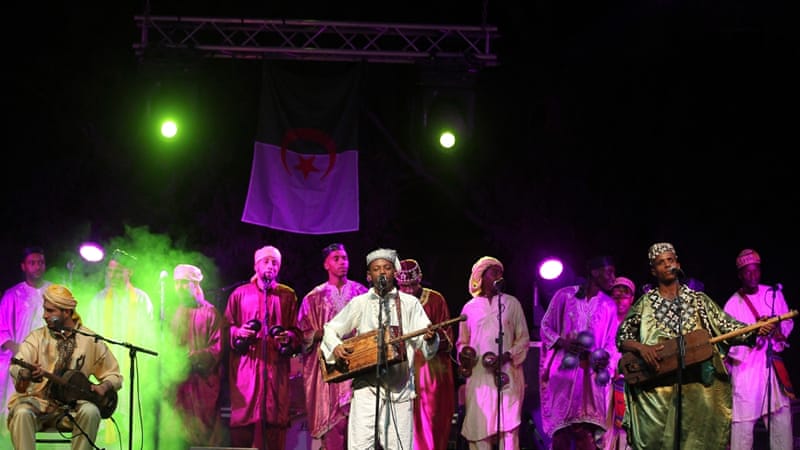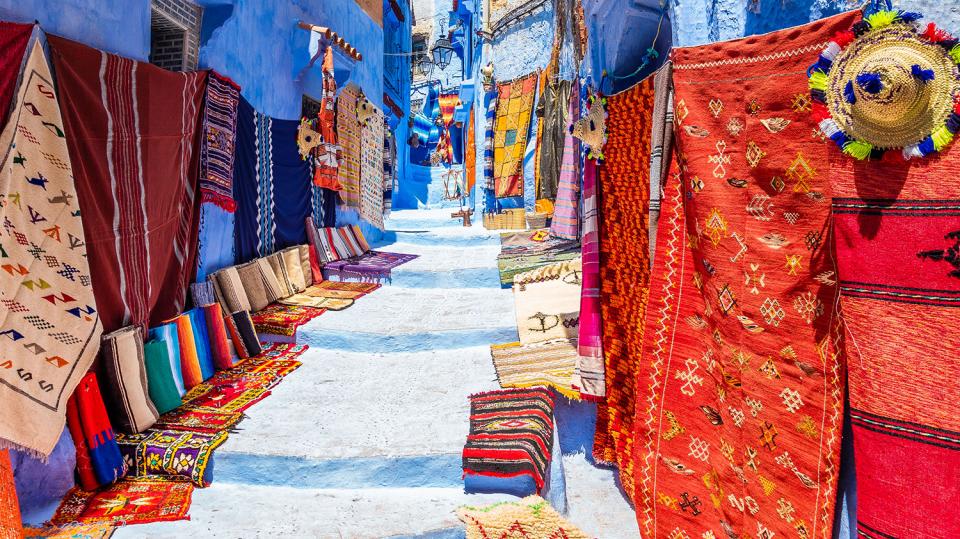Marrakesh’s Jemaa El Fna square is a symbol which represents the “Ochre City” as well as Morocco’s cultural identity. Its activities, which are proclaimed by UNESCO as a Masterpiece of the Intangible Heritage of Humanity, turn the square into one of the most visited sites for domestic and foreign tourists in the country. After conducting observations and interviews for several months, with the aim of following the tourists on their experience of the square, we shall present a socio-anthropological analysis of the cultural and tourist activities of this particular space, which we shall consider as a syncretic environment. It will be argued that it is necessary to take into account the dialogical relationships which bring together such elements as authenticity and its staging in an interaction which goes beyond a mere contradictory opposition.
here is nowhere in Morocco like the Jemaa el Fna Square – no place that so easily involves you and allows you to stay coming back for more. By day, most of the place is just a large open space, where a handful of snakes charming bewitched their cobras with flutes, medical men (especially in the north-east of the square) display cures and Panaceous, and tooth-pullers, wielding fearsome claws, offering to wrest pain from the heads of people suffering from toothache, trays of extracts attesting molars their skills.
It ‘s only in the afternoon that the square really happens. At dusk, as in France and Spain, people go out for a walk early evening (especially in the street Bab Agnaou), and the place fills up little by little until it becomes a carnival all of storytellers, Acrobats, musicians and artists. Go down and you will soon be immersed in the ritual: wandering around, crouching in the midst of spectator circles, giving a dirham or two as your contribution. If you want a break, you can walk to the rooftop terraces, such as the Grand Balcon Café, for a view of the square, its storytellers and musicians, and the crowds that come to see them.
As a stranger in Jemâa, you may feel something of an intruder. Most of the crowd are Moroccans of course (some foreigners, for example, will understand the tales of storytellers), but tourists also make a significant contribution to both the atmosphere and cash flow. Sometimes a storyteller or musician can take you to participate or contribute generously to the end of show collection and, entering the show, it is best to go bare of the usual tourist outlines such as watches, Belts of money or too much money; Pickpockets and crooks work (which gives a “present” and demanding payment as it is an old scam to be wary of, asking tourists to change counterfeit euro coins is a newer version). The crowd around the artists are Sometimes used as an opportunity to fumble foreign women, and by Moroccan men and male homosexual tourists for the cruise.
Tourist attractions include hoop bottle games, fortune tellers sitting under umbrellas with packs of divinatory cards at the ready and women with piping bags full of henna paste, ready to paint hands, feet or arms With “tattoos” that will last up to three months, beware of “synthetic black henna”, which contains a toxic chemical; That the red henna is natural (the Henné Café guarantees to use only the natural henna).
Attractions touristique comprennent des jeux de cerceau la bouteille, diseurs de bonne aventure assis sous des parapluies avec des packs de cartes divinatoires au prêt et les femmes avec des sacs de tuyauterie pleins de henné pâte, prête à peindre les mains, les pieds ou les bras avec « tatouages » qui va durer jusqu’à trois mois, méfiez – vous si de « henné noir » synthétique, qui contient un produit chimique toxique; que le henné rouge est naturel (le Café Henné garantit à utiliser uniquement le henné naturel).
To refresh you, the stalls offer orange juice and grapefruit (but have pressed in front of you if you do not want to falsify with water and sugar, or even squash), while neighboring carts collapse Under the dates, dried figs, almonds and walnuts, especially delicious in winter when freshly picked from the surrounding countryside. As the twilight falls, the square becomes a huge open-air dining room, filled with stalls lit by gas lanterns, and the air is filled with wonderful smells and plumes of spiraling cooking smoke upwards In the night (see Jemaa el-Fna food stands).
